Going dairy-free? Check out these milk alternatives
Do you know your plant milks?
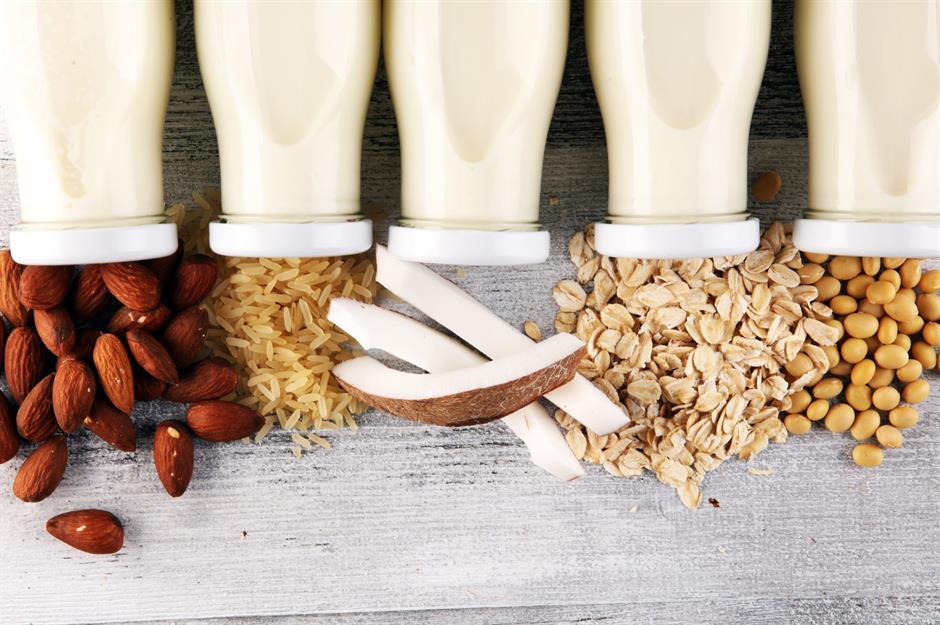
What's the buzz?
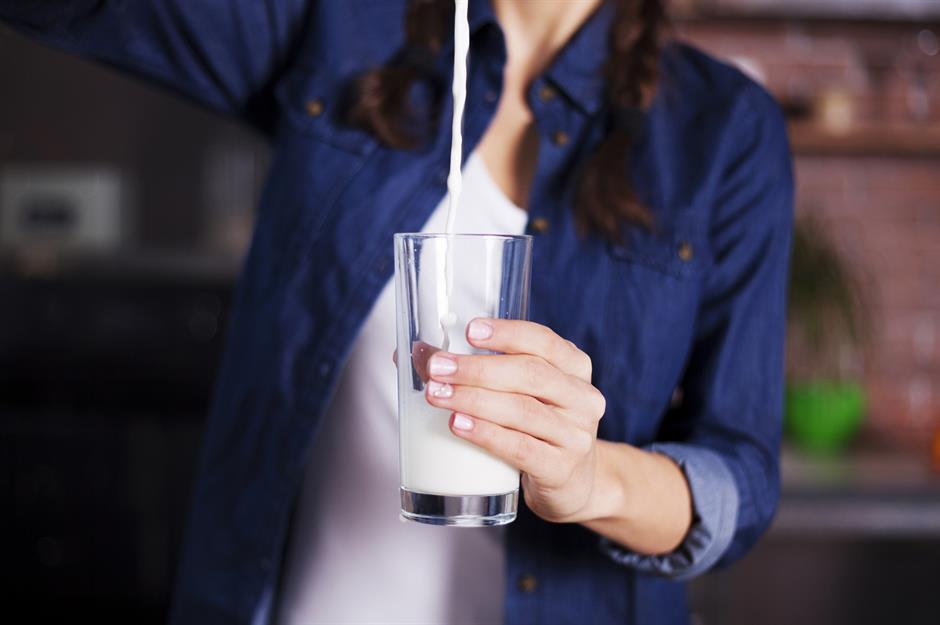
It started with soya, but now you can get oat, rice, almond and even pea milk alternatives. And this trend is global. According to a report by the Good Food Institute, more than 745 million units of plant-based milk were sold in the USA in 2020. It’s a similar story in the UK, where more than £100 million ($136m) was spent on milk alternatives in 2020. Some global growth predictions suggest the worldwide market could be worth £39.5 billion ($53.9bn) by 2028. Of the options available, oat milk has increased by 95% – although almond milk is still number one with consumers.
What exactly are plant milks?
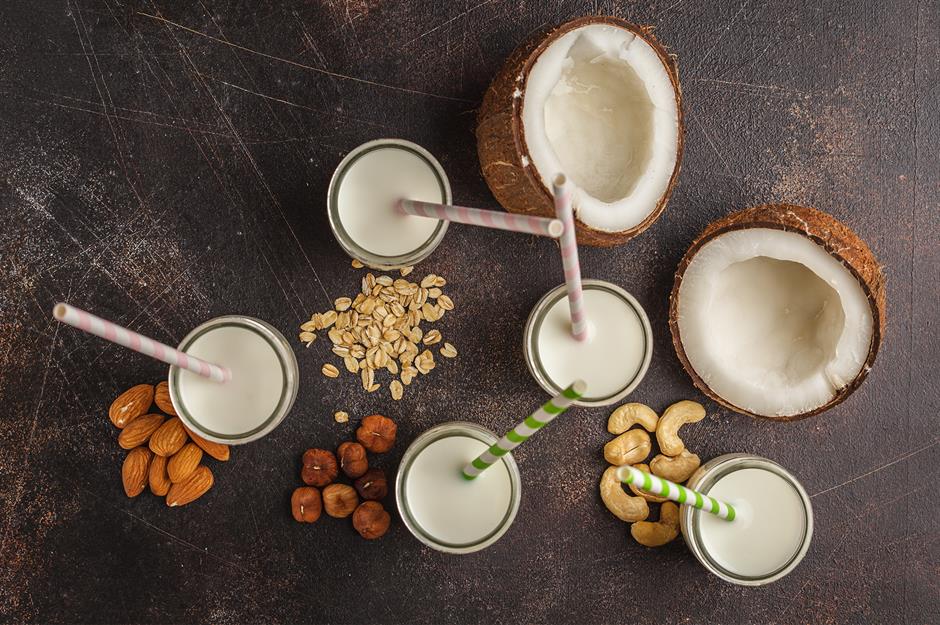
Why are we buying milk alternatives?
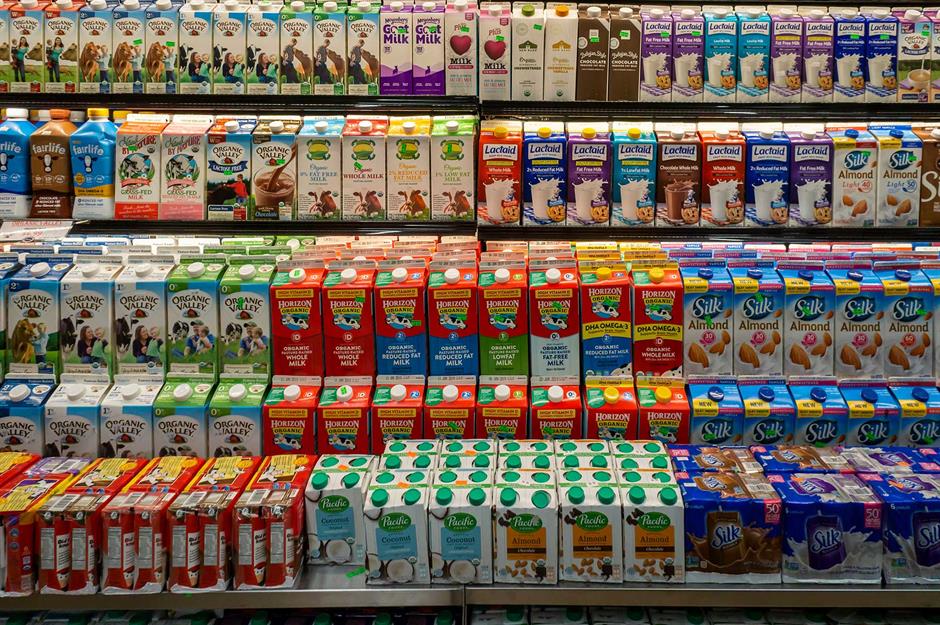
According to Food Navigator (an online news source for the food industry), these are the top reasons people give up on cow’s milk:
1) They don't like the taste.
2) They have an allergy or intolerance to dairy.
3) They are concerned about hormones and antibiotics, the fat content of milk, or its healthiness overall.
4) They are choosing to go vegan.
Bad news for the dairy industry?
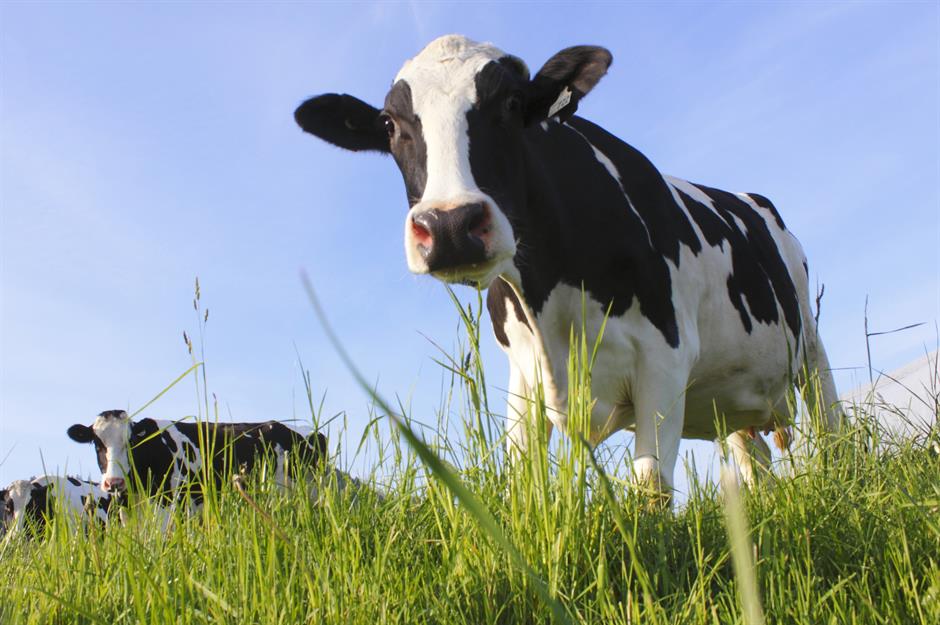
The growth in plant alternatives has happened alongside a fall in sales of cow’s milk, particularly among Millennial and Generation Z populations. In the USA, sales of dairy milk fell by a staggering $1.1 billion (£807m) in 2018, according to the Dairy Farmers of America. In the UK, the total number of dairy cows fell from 2.6 million in 1996 to 1.9 million in 2020, a 28% reduction. Interestingly, it’s not always an either/or thing – many people who buy plant-based milks are still buying dairy milk too.
Are plant milks better for you?
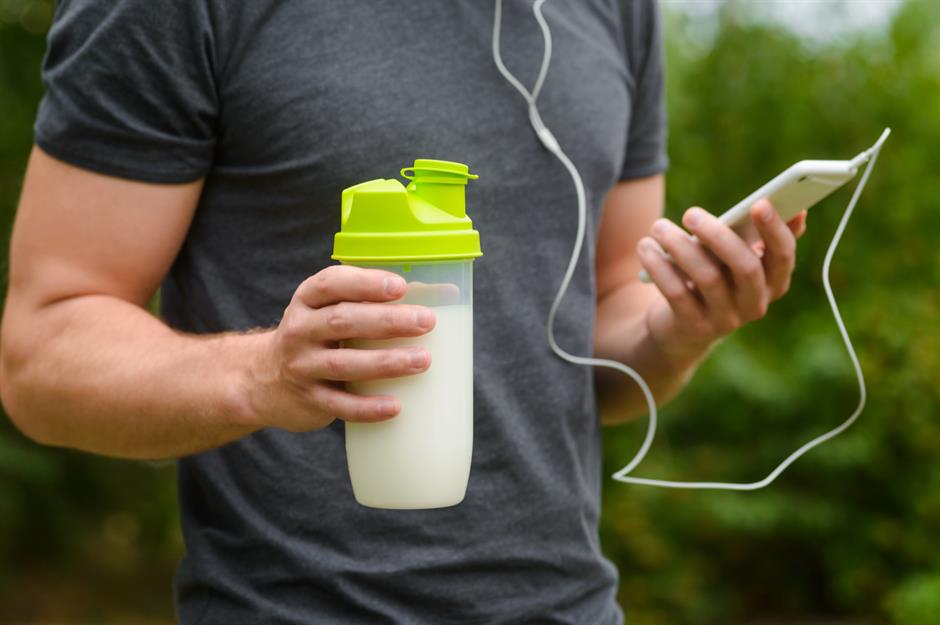
Alt-milks for lactose intolerance
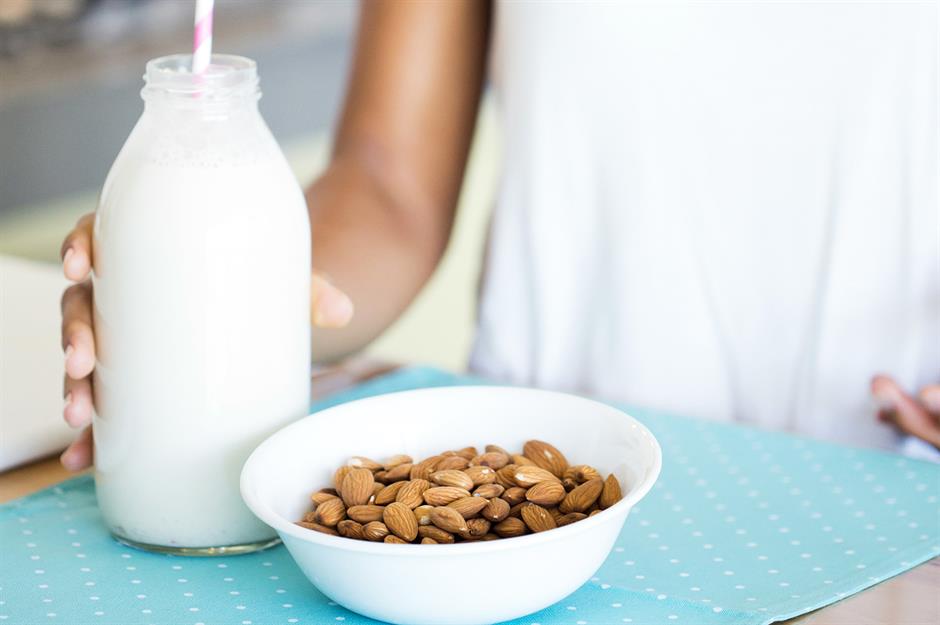
Using a non-dairy alternative means you avoid lactose (milk sugar), which causes digestive problems in 7-20% of people of Caucasian descent, 65-75% of those of African descent, and over 90% in some Asian populations. Lactose intolerance occurs because people lack the enzyme lactase, which is needed to break down the natural milk sugar. Symptoms include wind, bloating and diarrhoea.
Plant milks aren’t a naturally rich source of calcium
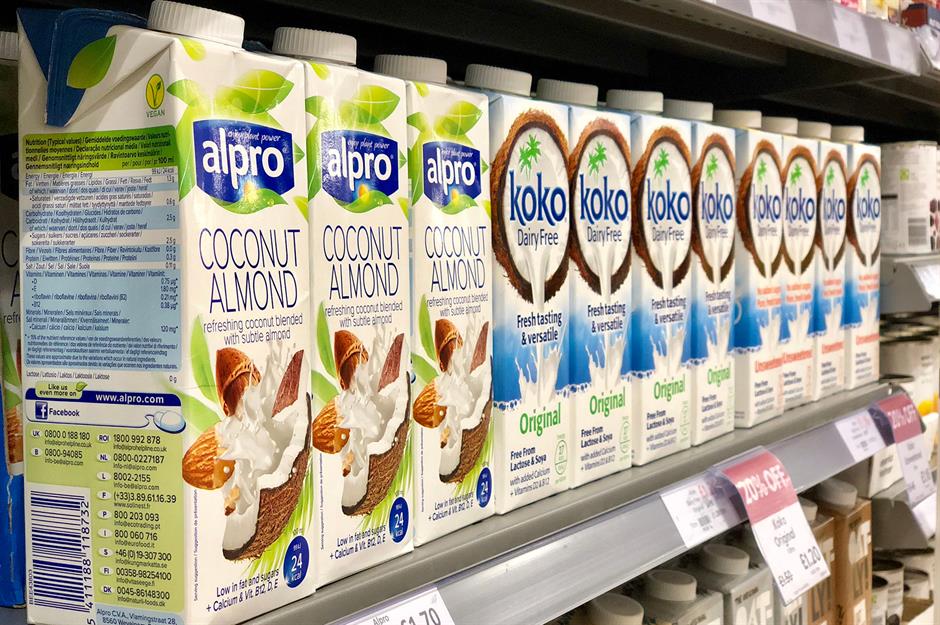
Plant milk protein levels can be low
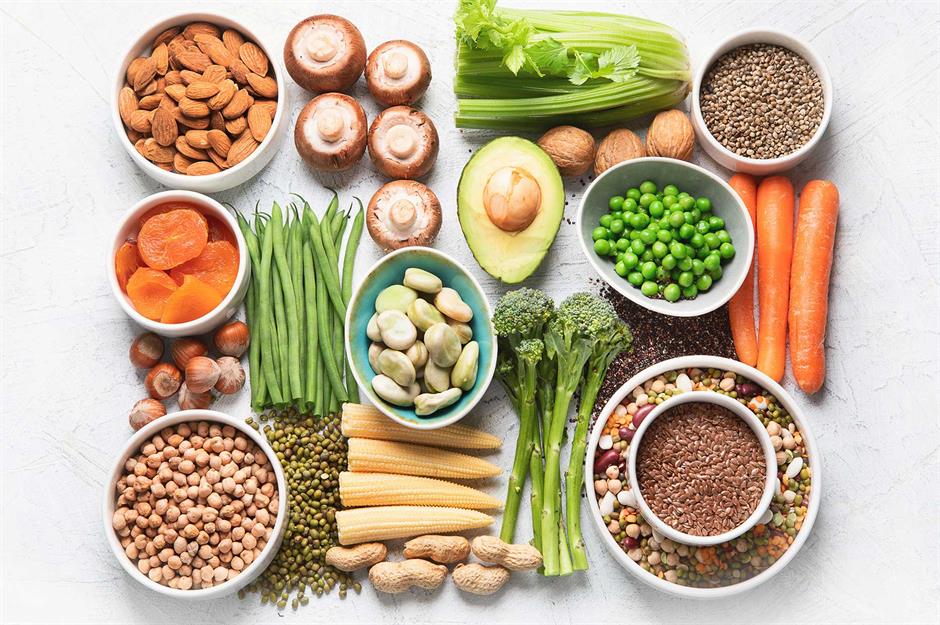
The protein content of non-dairy milks varies, but is often a lot lower than in cow’s milk. That’s not necessarily a problem in the average diet, but might still be worth taking into account when you're planning the rest of your meals, especially if you are vegan. You’ll need to make sure there are enough protein-rich foods to make up for your lack of dairy.
Read on for the "healthy" foods nutritionists say you should steer clear of
Alt-milks have lower iodine levels than cow's milk
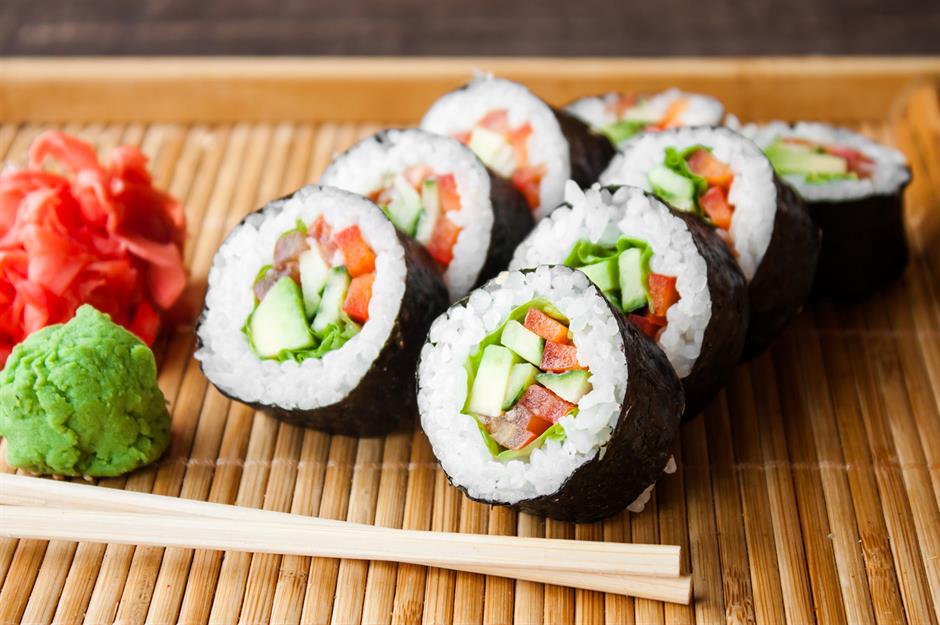
Milk is a good source of iodine, vital for thyroid function, but plant milks are not, unless they are fortified (check the label). In the US, where iodised salt is the norm, not getting iodine from dairy may not be a problem – but in the UK and other parts of the world, where salt doesn't have iodine added to it, you could be falling short if you ditch dairy. You’ll need to get it from other foods. Fish and edible seaweed – like nori, the sheets used to make sushi – are a great source.
The most popular plant milks: almond
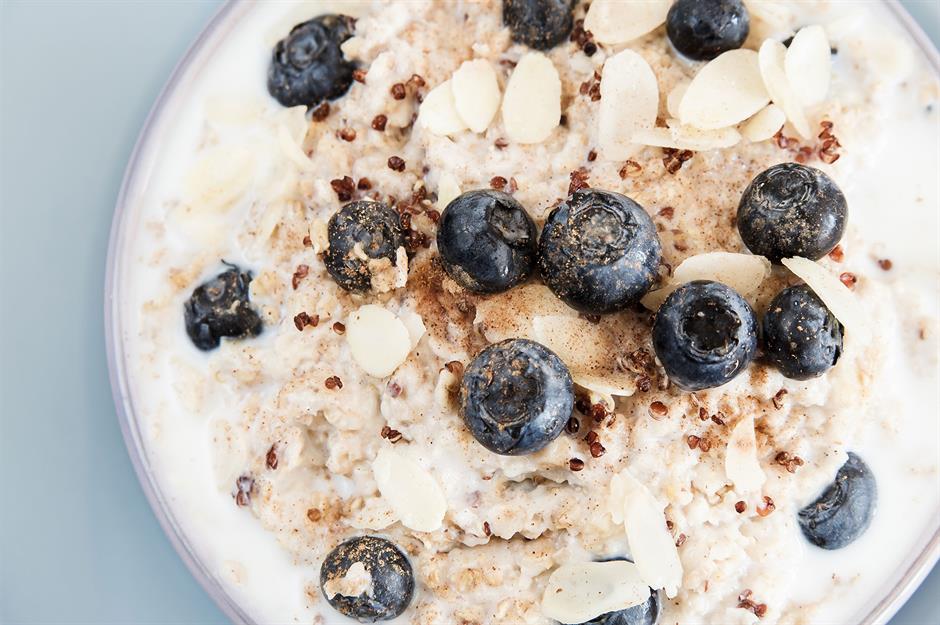
Most almond milk is made using 2% almonds blended with water. Light and subtle tasting, it’s a hit in a latte, delicious with porridge and has become one of the most popular milk replacements. Fancy making your own? The internet is full of recipes, which involve whizzing almonds with water, then straining. It’s essential to give the almonds a good soak first though.
Almond milk pros and cons
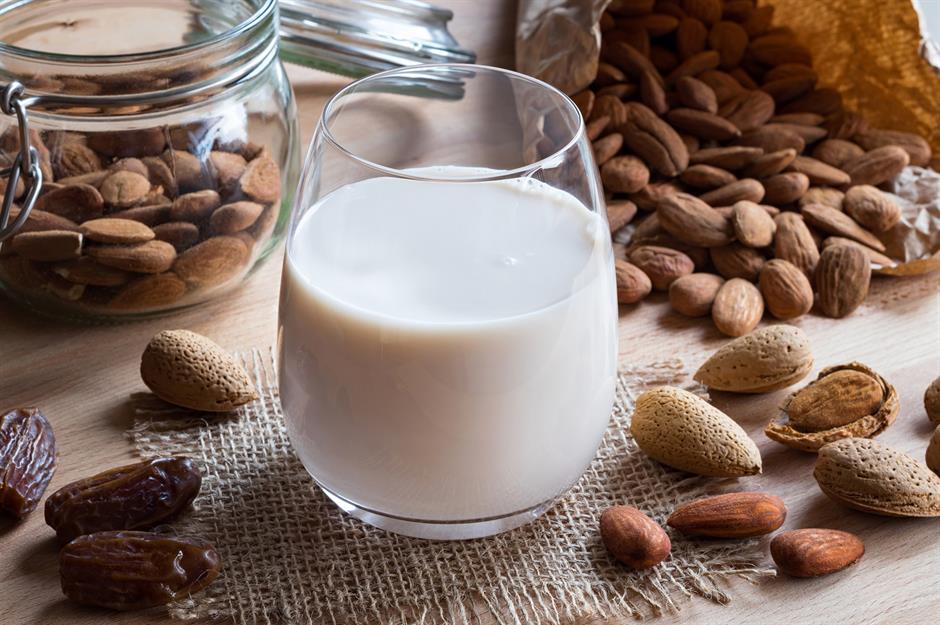
Most brands of almond milk are a decent source of vitamin E, which protects cells from damage. A 200ml glass has around 3.6mg (30% of the UK recommendation, or 24% of the US). It’s generally very low in calories, if you choose an unsweetened brand. It’s not so good for giving you protein – a typical 200ml glass of this popular alternative has one gram of protein, about a seventh of the amount in dairy milk. While almonds are healthy, they do take a lot of water to produce: it takes five litres of water to grow one almond and most are produced in California, which often faces severe droughts. On top of that, production can be harmful to honeybees too.
The most popular plant milks: oat
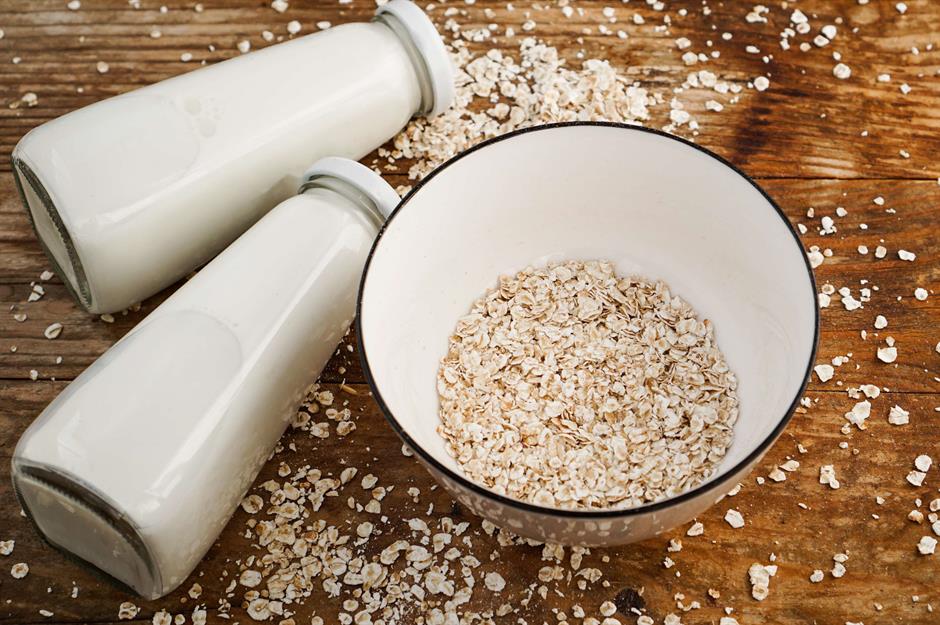
To make oat milk, oats are milled with water, then enzymes (similar to the digestive ones in our gut) are typically added to break down the oat starch into naturally sweet maltose. Mild and creamy, oat milk makes for particularly good porridge too.
Now discover the brilliant breakfast recipes that will transform your morning
Oat milk pros and cons
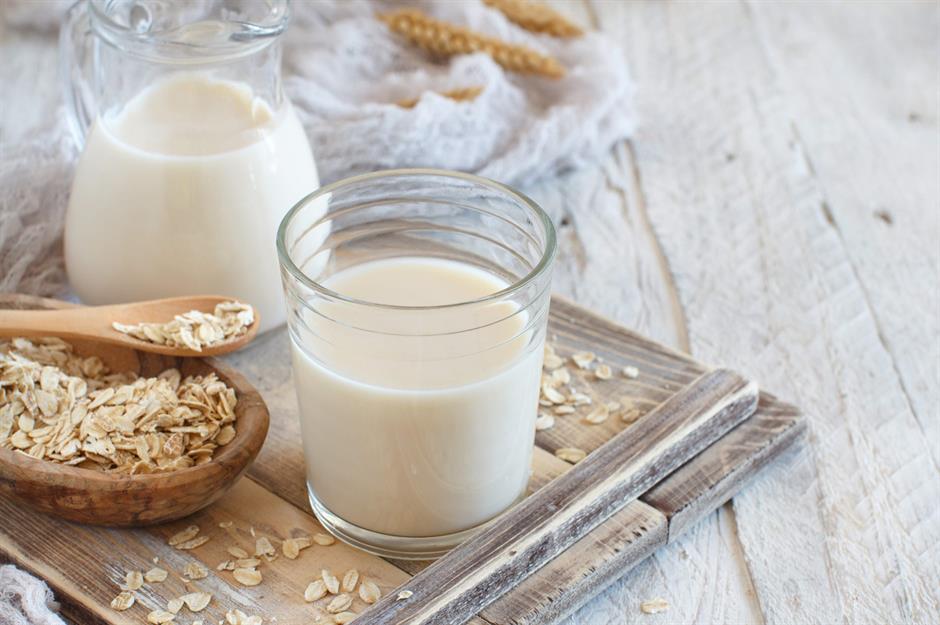
The most popular plant milks: rice
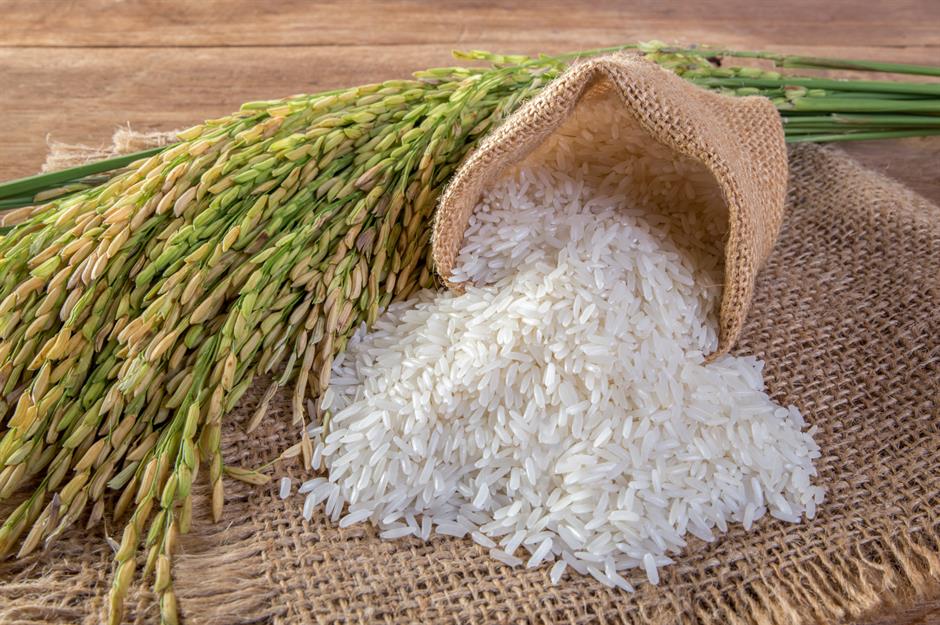
Rice milk pros and cons
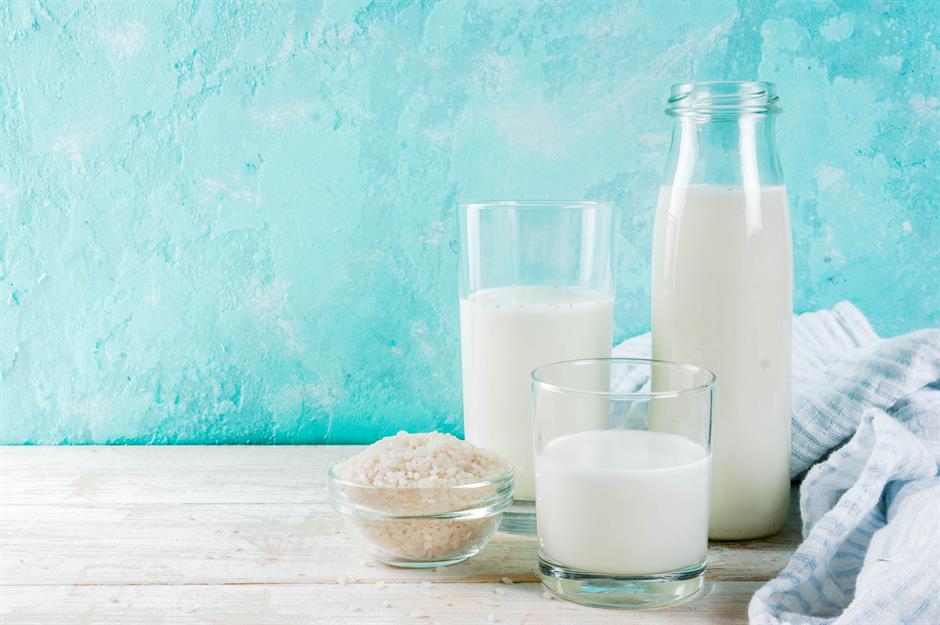
It doesn’t stand out nutritionally, but rice milk is generally recognised as a safe choice for people with multiple food intolerances or allergies. It’s not so good for weight watchers – most brands contain a slug of vegetable oil, which means rice milk has the same or more calories as semi-skimmed milk, but without the satiating protein.
The most popular plant milks: soya
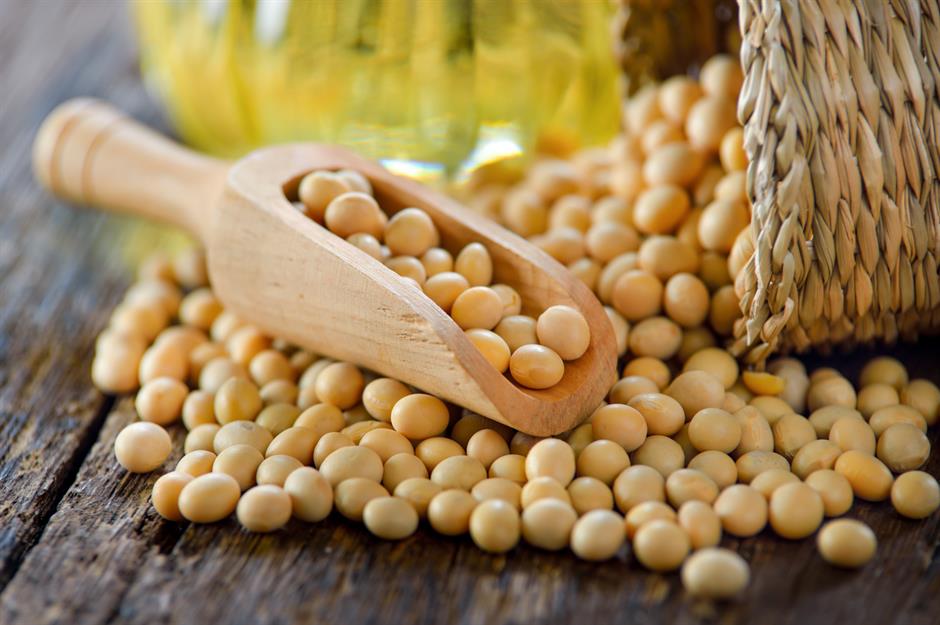
Scientists at McGill University in Quebec found soya milk (called soy milk in the US) trumped other plant milk alternatives from a nutritional perspective. It’s a good all-rounder on cereals, in drinks and in cooking, though the slightly beany taste can take a bit of getting used to.
Soya milk pros and cons
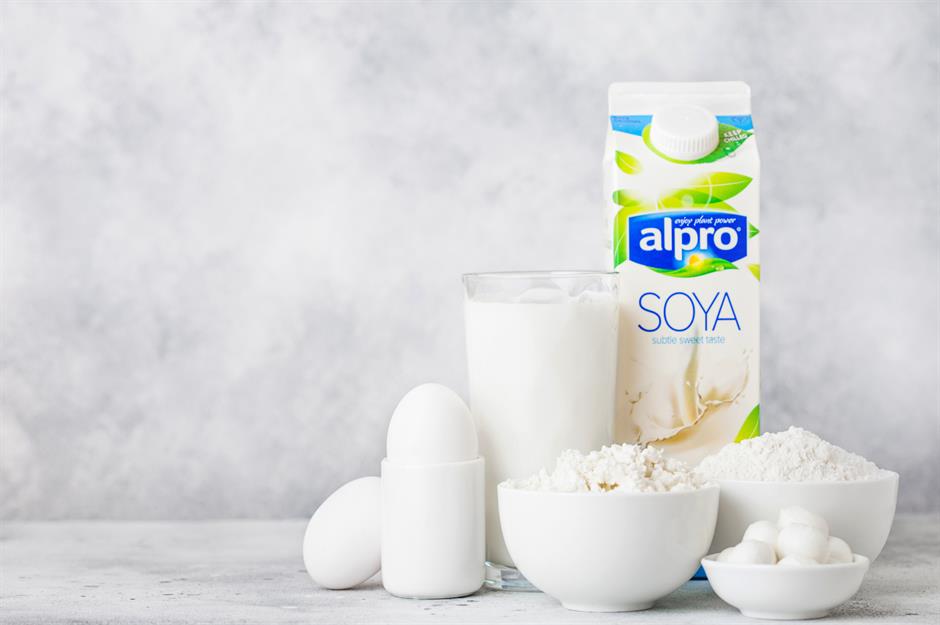
The most popular plant milks: coconut
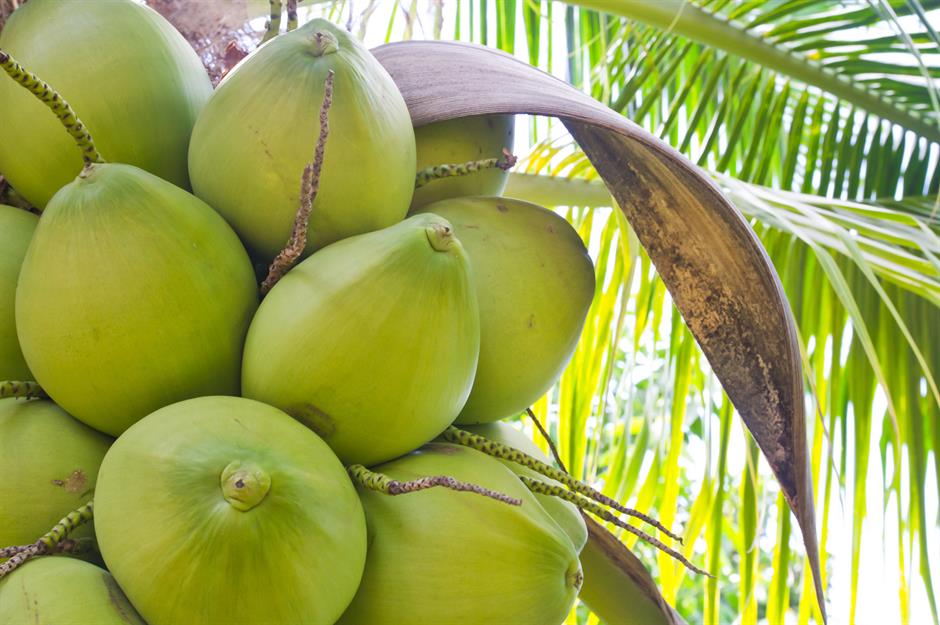
The coconut alternative to dairy milk is essentially a less creamy version of canned coconut milk, made with lower amounts of coconut. It’s pleasant drunk on its own (if you’re a coconut fan, that is!), and works well in smoothies and dairy-free pancakes too.
Coconut milk pros and cons

Other non-dairy milks to try: pea
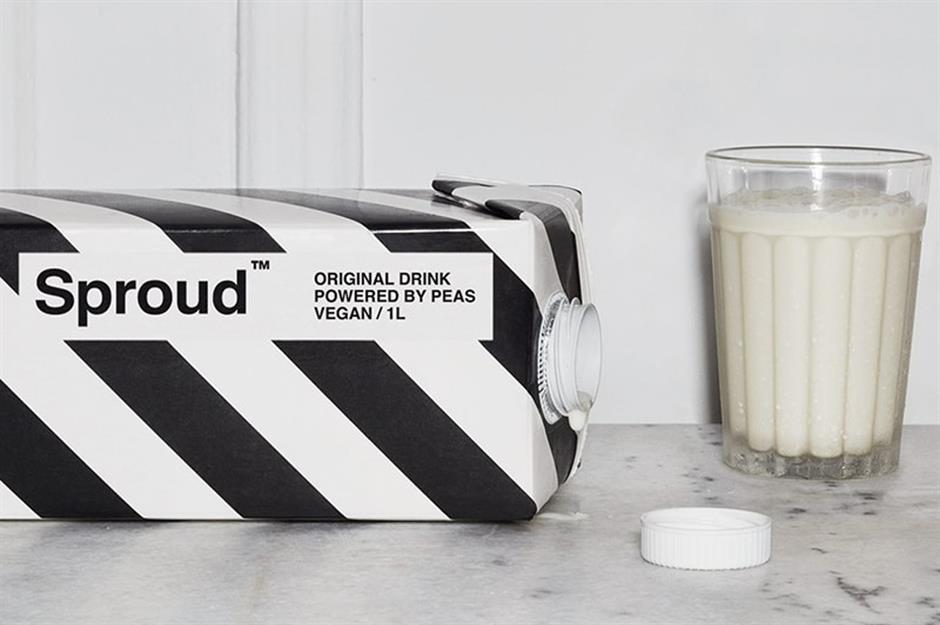
Other non-dairy milks to try: hazelnut
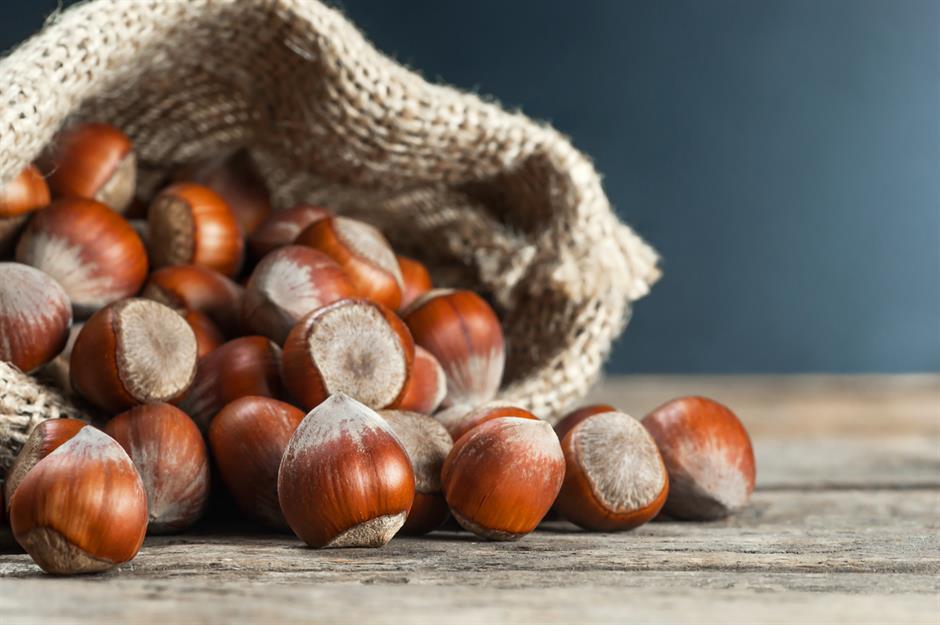
Other non-dairy milks to try: cashew
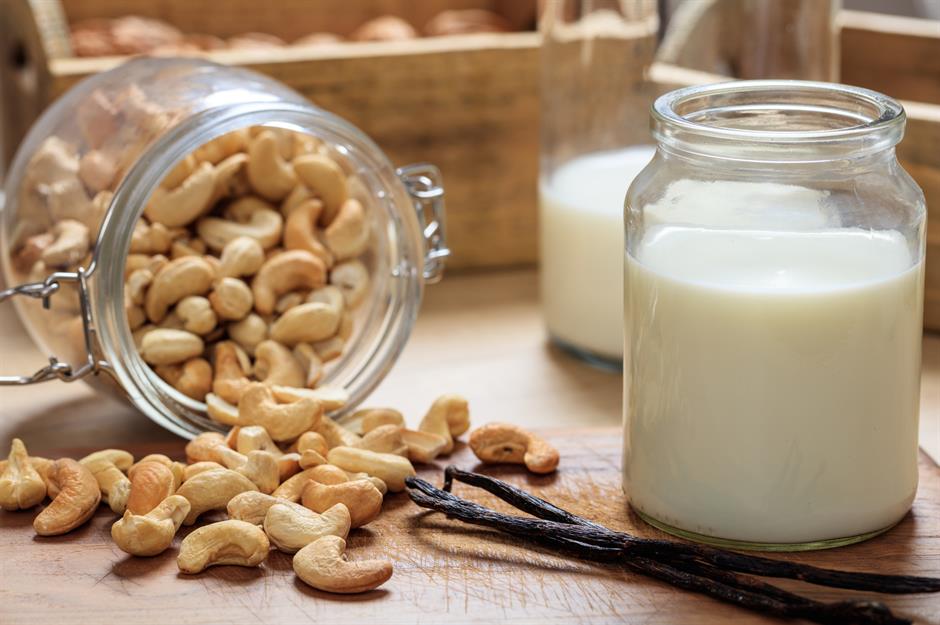
Other non-dairy milks to try: hemp
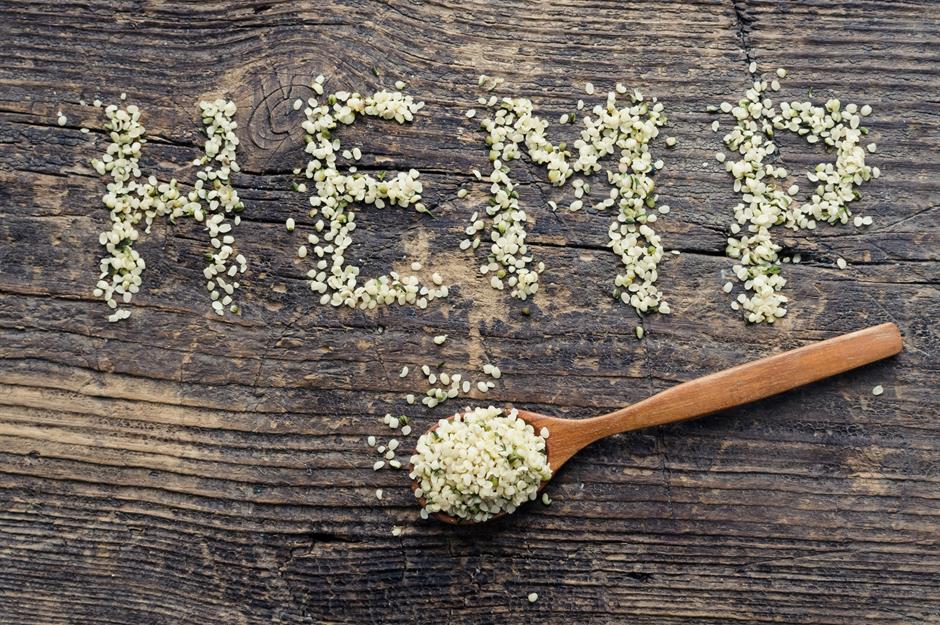
Hemp milk is made in a similar way to many other plant milks: by blending water with the hemp plant seeds, cannabis sativa. It has a nutty, earthy flavour with a creamy consistency. On a nutrition front, it has more protein than some other alt-milks, at around 4g in a glass, but that is still 60% less than in cow’s milk. Like others, it’s often fortified too with calcium and vitamins A, B12 and D. While it has more fat than semi-skimmed (2%) milk, it’s high in the unsaturated fat alpha-linolenic acid, which can help lower cholesterol.
Other non-dairy milks to try: quinoa
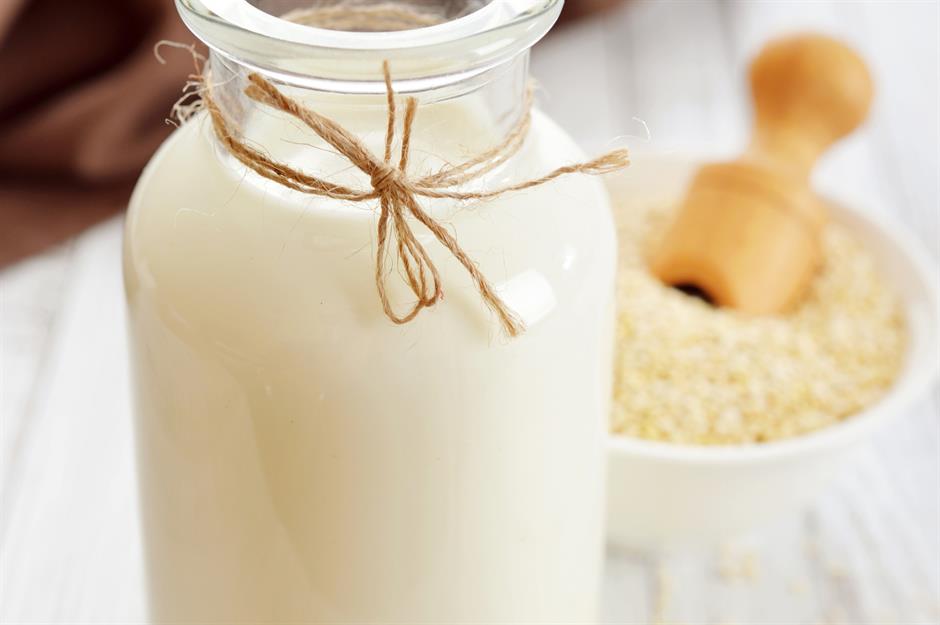
Other non-dairy milks to try: macadamia
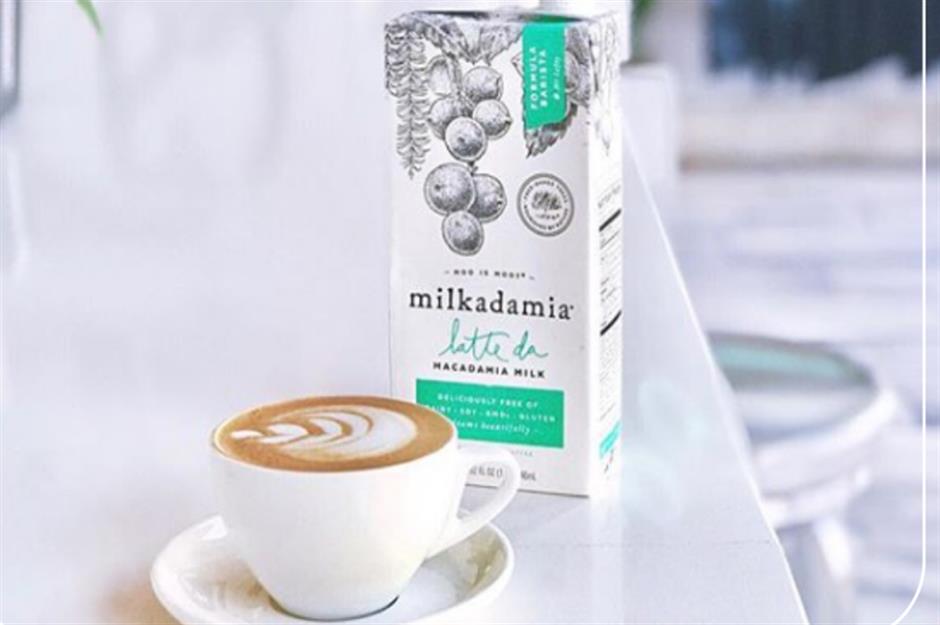
Macadamia milk brand Milkadamia sells in the UK, Australia and the US. Fans say the milk, which comes in sweetened and unsweetened, plain and vanilla varieties, is a good all-rounder that’s mild enough for everyday use. It’s got a little more fat than semi-skimmed (2%) milk, but much of it is monounsaturated, which is the same heart-healthy sort found in olive oil.
Other non-dairy milks to try: walnut
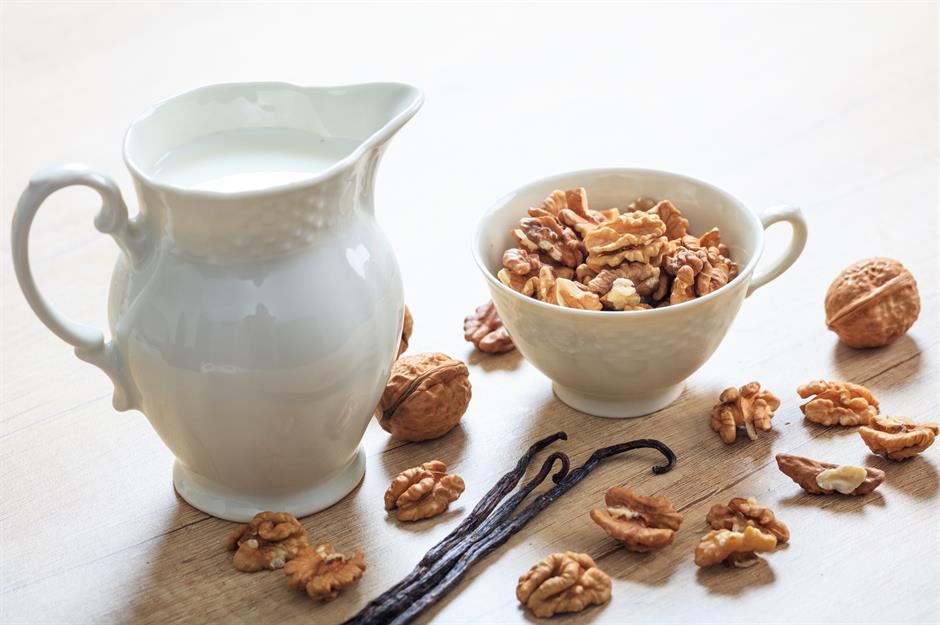
Other non-dairy milks to try: potato
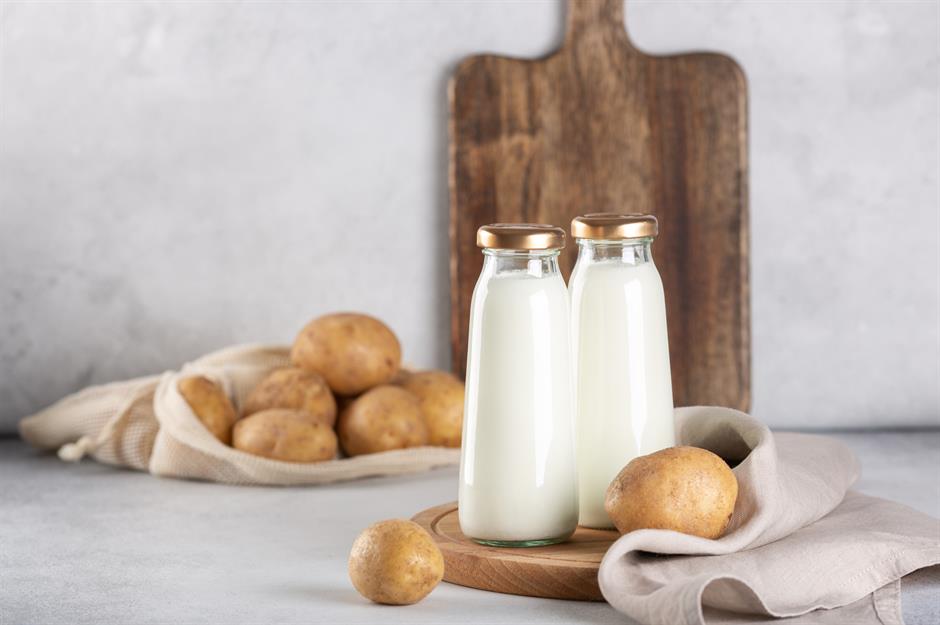
It turns out, you can even make plant-based milk from potatoes. How does it work? It might not sound hugely appealing, but it’s the diluted starches from potato. If you’re concerned, it doesn’t taste ‘potato-ey’, rather it has a mild, creamy taste and a creamy texture – it certainly won’t ruin the taste of your morning coffee, and it froths up well. On the nutrition side, potatoes are low in protein (less than 0.5g per 100ml/3.5fl oz), so the milk needs to be fortified, and vitamins like riboflavin, B12 and D are also added.
Other non-dairy milks to try: spelt
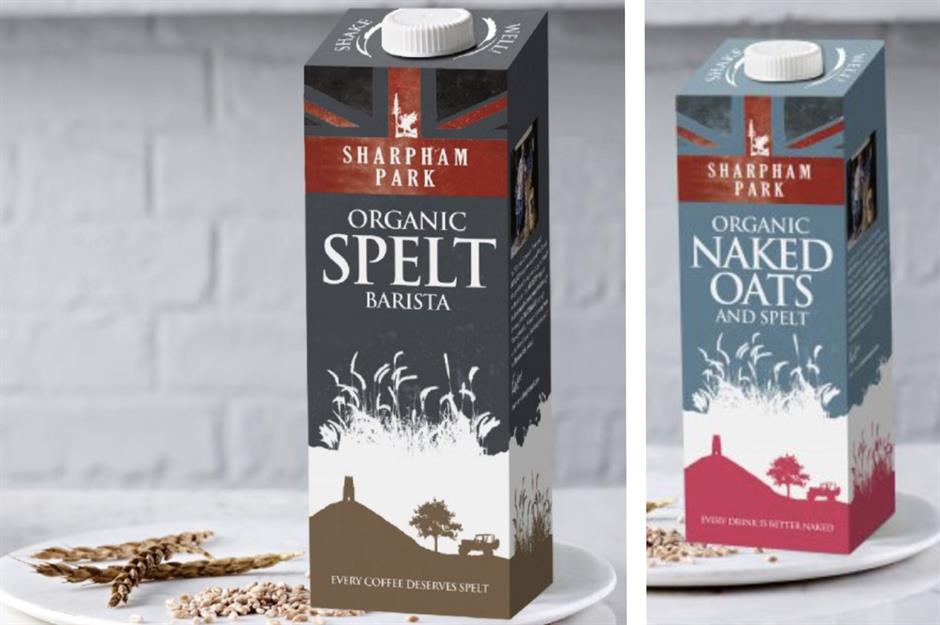
As the saying (kind of) goes, ‘there’s no use crying over spelt milk’, and you won’t need to with this plant-based milk. Spelt is a type of wheat that’s been grown for more than 7,000 years, and is one of the ancient grains. The milk-alternative is a good one for coffee lovers as it forms a good amount of foam. It has a mildly sweet and nutty flavour with a creamy texture. Sharpham Park spelt milk has a third of the environmental impact of cow’s milk, with 42% less water usage than other grains.
Other weird and wonderful milk alternatives
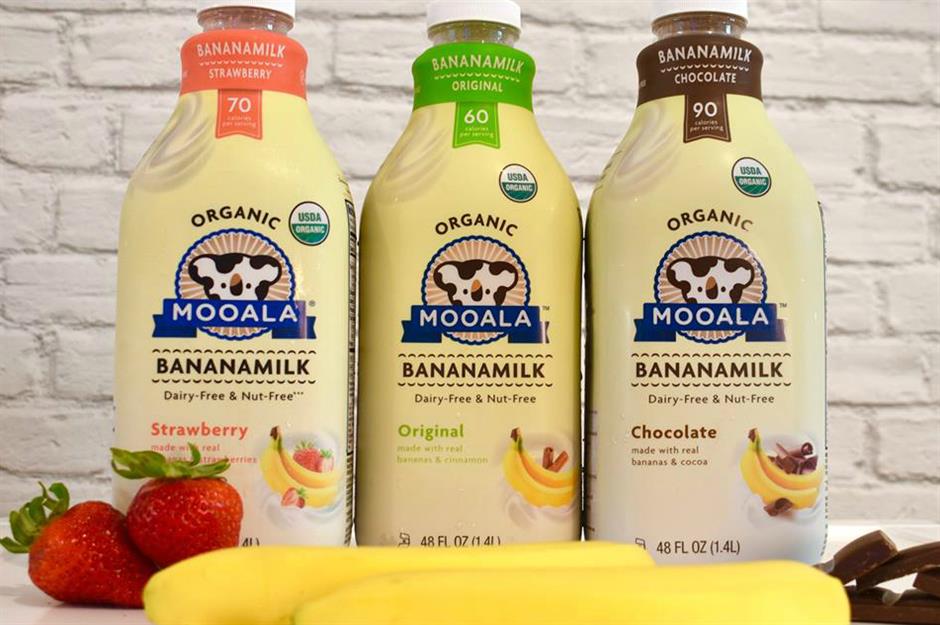
Other benefits?
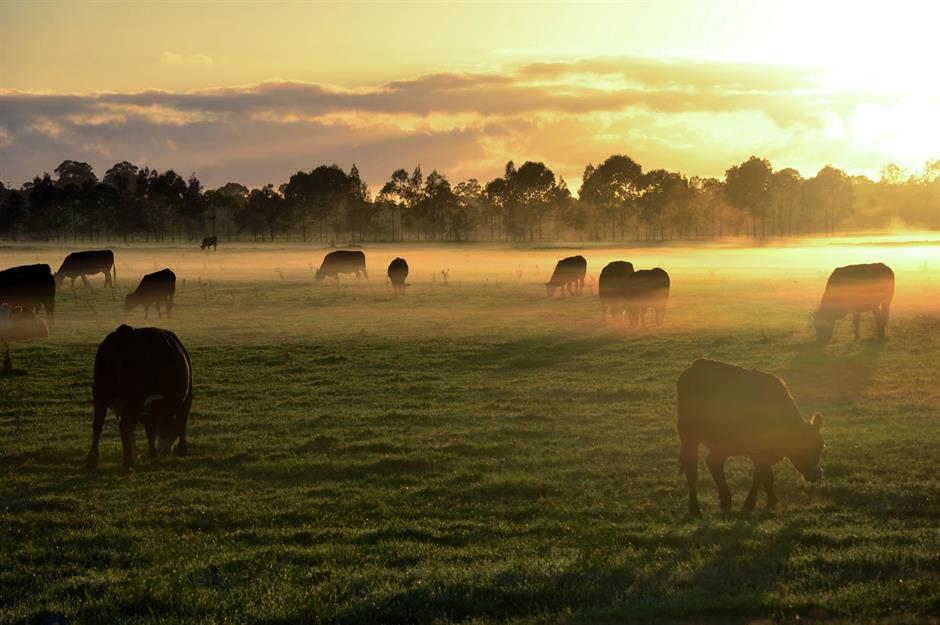
You’ll be doing your bit for the planet by choosing plant alternatives to dairy, as they typically have a lesser environmental impact than producing cow’s milk. An Oxford University study calculated that producing cow’s milk results in almost three times the greenhouse gas emissions of any of the non-dairy alternatives.
Other benefits?
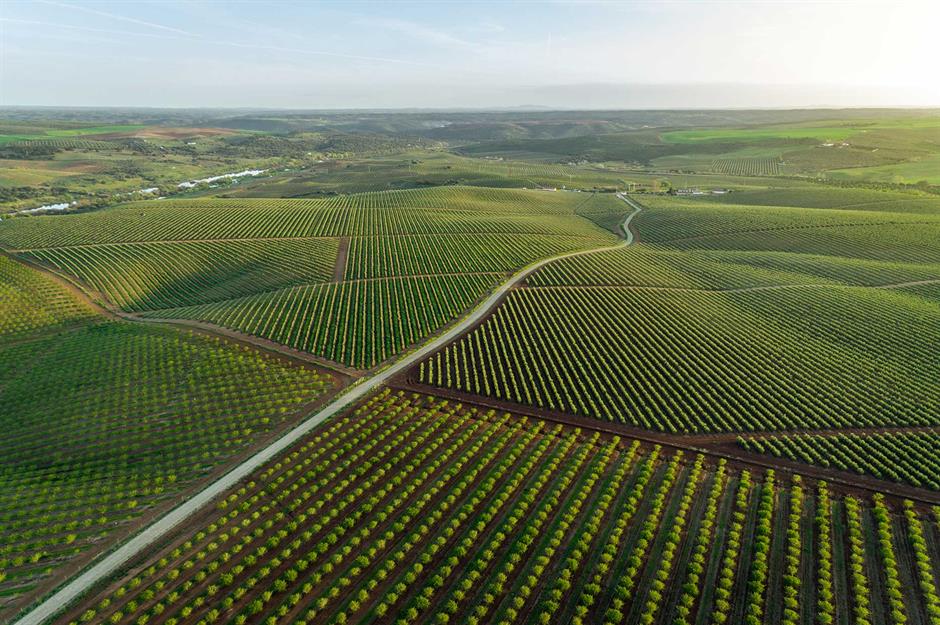
In a 2012 study published in the journal Ecological Indicators, the water footprint of soya milk products was found to be just 28% that of the global average for cow’s milk. Even alternative milks produced from nuts like almond (pictured) and hazelnut, which are crops with heavy irrigation needs, use less water to produce than dairy, so you might want to consider this when choosing a plant-based milk.
Other benefits?
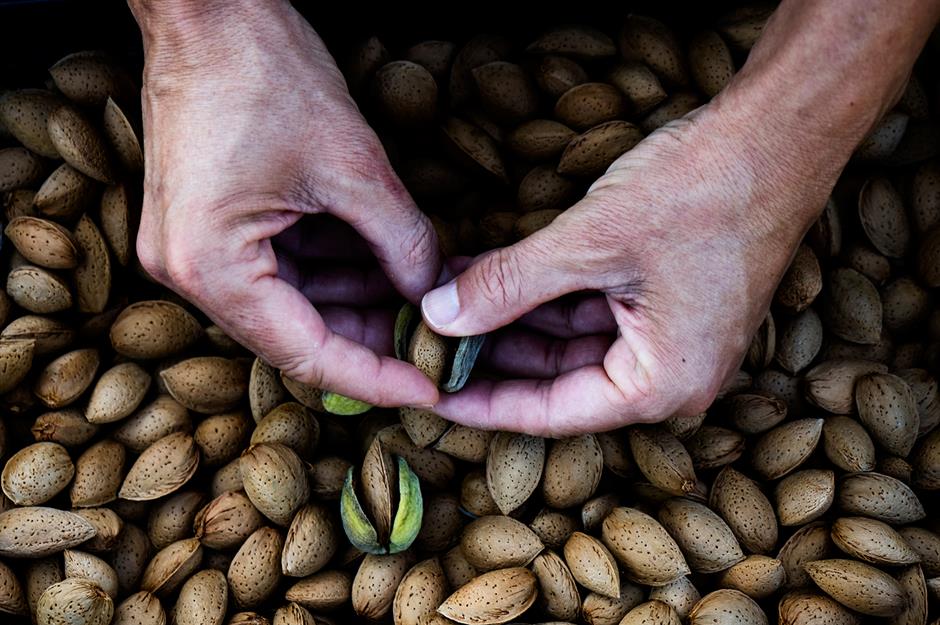
Plant milks also generally use up a lot less land in their production. Producing a glass of dairy milk every day for a year requires 7,000 square feet (650sqm) of land: that's more than ten times as much needed to produce the same amount of oat milk.
Read on to discover chips, chocolate and other surprisingly healthy foods
Comments
Be the first to comment
Do you want to comment on this article? You need to be signed in for this feature
Most Popular
Reviews 31 unbelievably sugary cereals from around the world